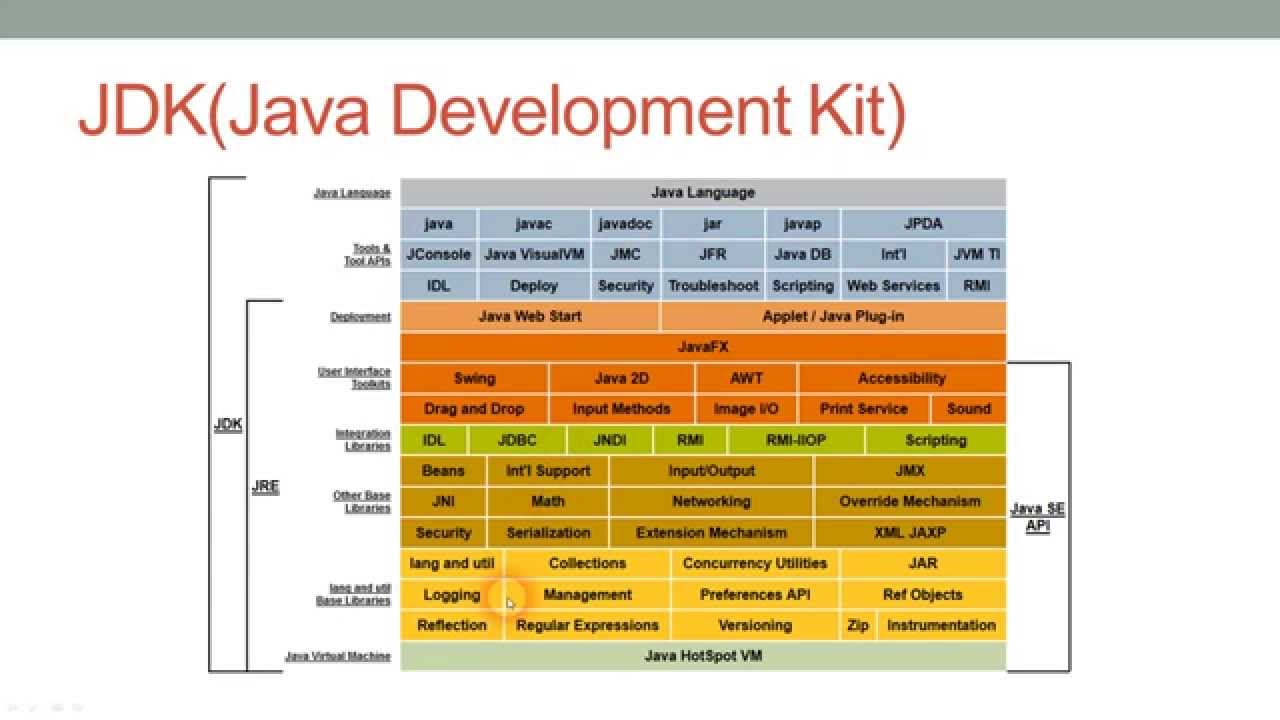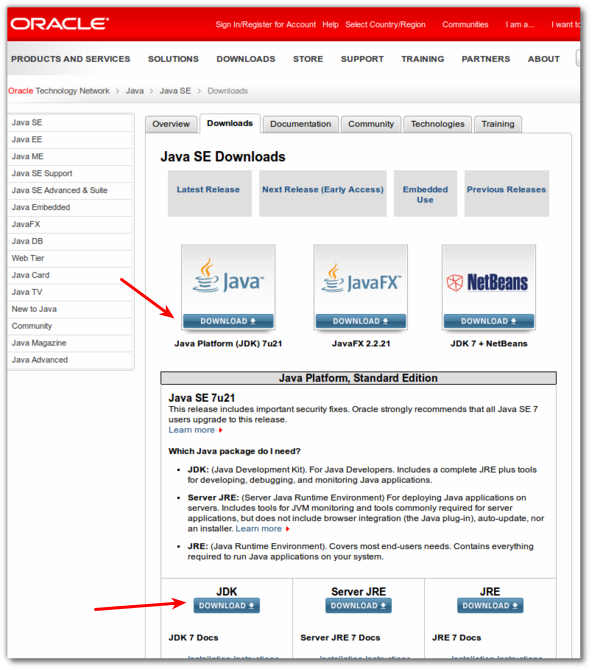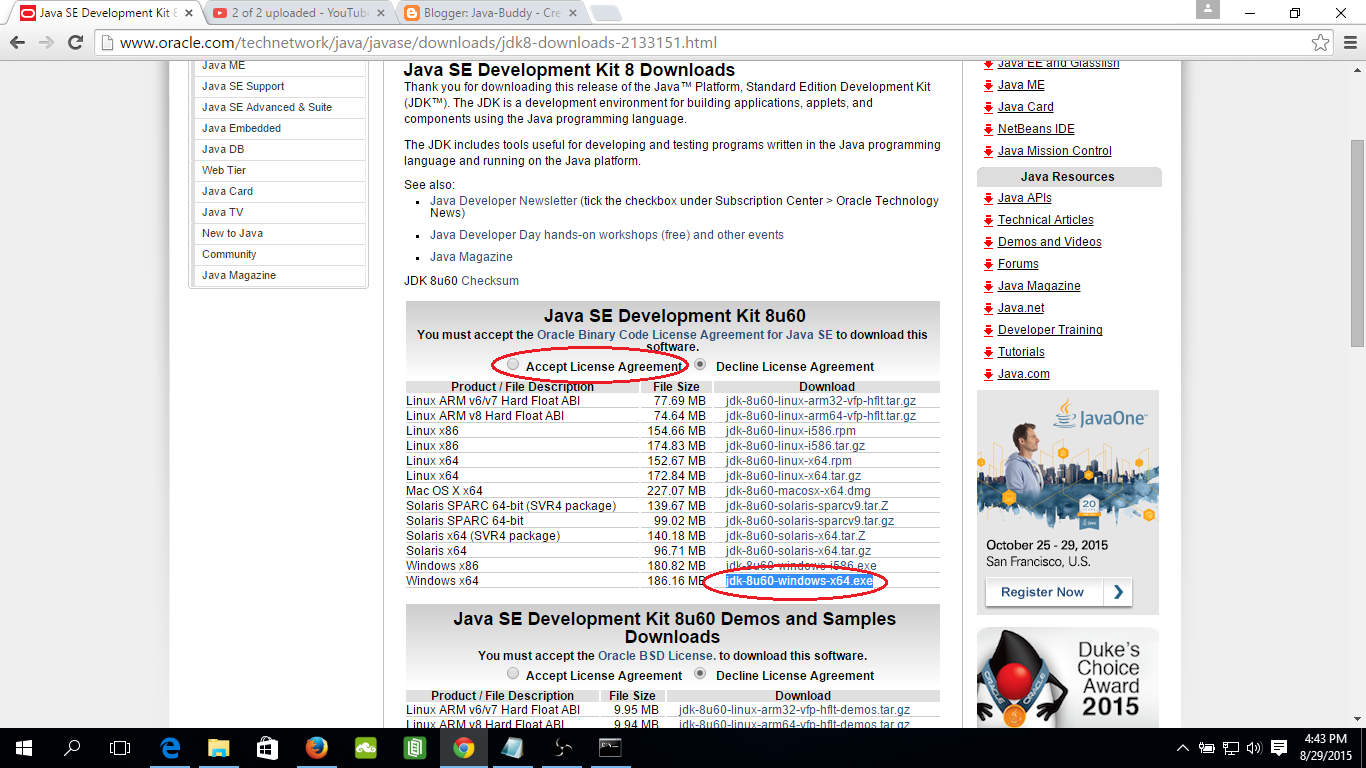
We went from the now mostly deprecated methods in the Date class, remembering if Monday is represented as a 0 or a 1, the addition of the Calendar class to deal with timeZones and so on… This is probably one of the features I am most excited about.ĭealing with dates and times in Java has always been a pain. Some basic decoding and encoding examples Encoding String base64 = Base64.getEncoder().encodeToString("string to encode".getBytes("utf-8")) Decoding byte asBytes = Base64.getDecoder().decode("your base 64 string") Date and time API This feature means we don’t have to search around for other implementations, making things a bit easier. I ended up using a 3rd party API (apache Base64 library) to do this. Not long ago I had to use Base64 encoding and decoding in a project to be able to transfer a file in JSON format. Some comparisons say you will need around 2million elements in your array to start seeing improvements.Ĭheck out this post on parallel array sorting for more detail on the benchmarking and how the algorithm works. The array should be of a certain size to see any gain in performance. We won’t gain direct benefits of using our 2 or more core processor right away. For this purpose they implemented “ Arrays.parallelSort”. The problem they have is that they are executed sequentially, so we do not gain all the benefits multithreading has to offer us. This used Merge Sort or Tim Sort algorithms for the sorting. We are used to sorting arrays with “ Arrays.sort”. If we need to, we can still tune the amount of Metaspace by setting the “ MaxMetaspaceSize” param. The Metaspace will re-size itself depending on the demand we have of memory at runtime. This has now been replaced by something called Metaspace. This was normally done after receiving those ugly “ : PermGen error” errors. Who has never configured their “ PermSize” or their “ MaxPermSize” JVM memory?

It is gone, hurray! What does this actually mean? If you want a complete list of features, feel free to check them out over at OpenJDK.

I’m going to focus on the following features:

So what does this new version bring us and how is it going to affect us in our day-to-day? It’s been a while since we had a major Java release ( Java 7, July 28 2011).


 0 kommentar(er)
0 kommentar(er)
